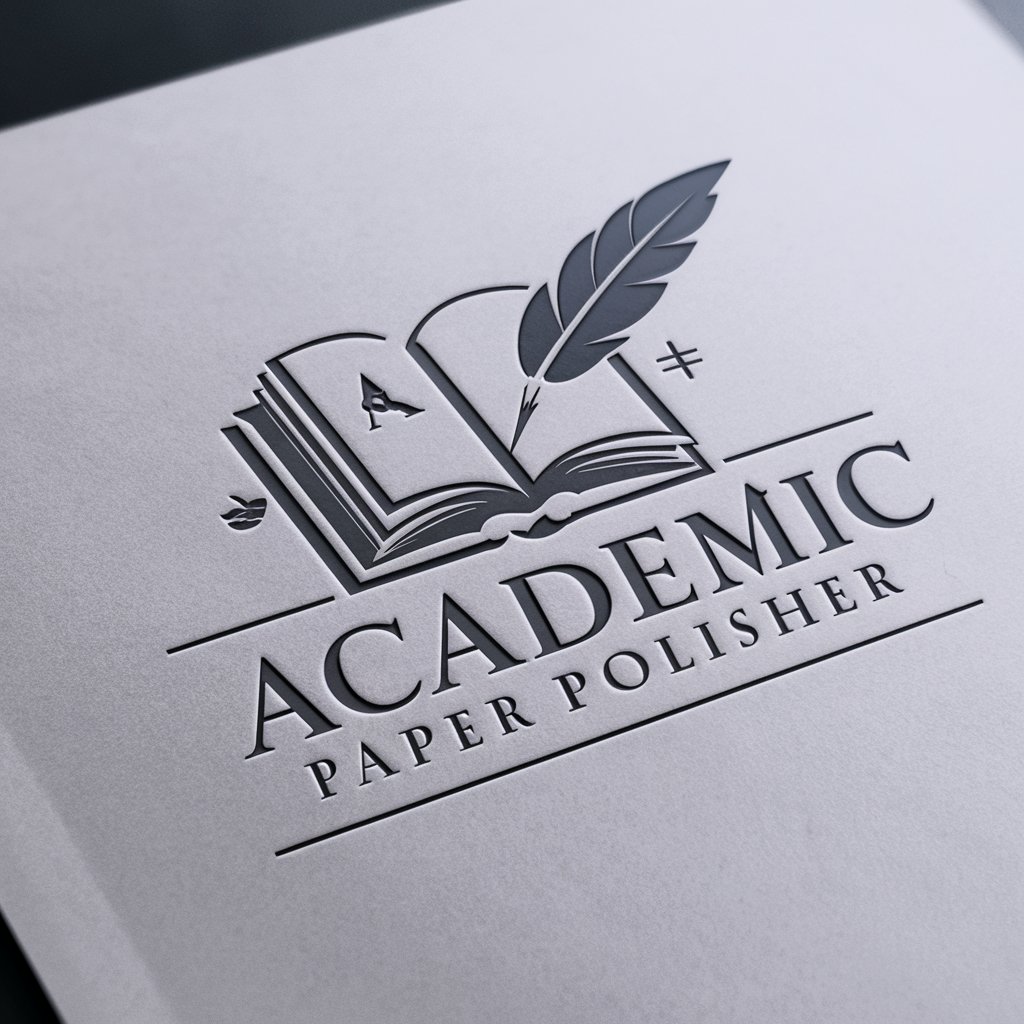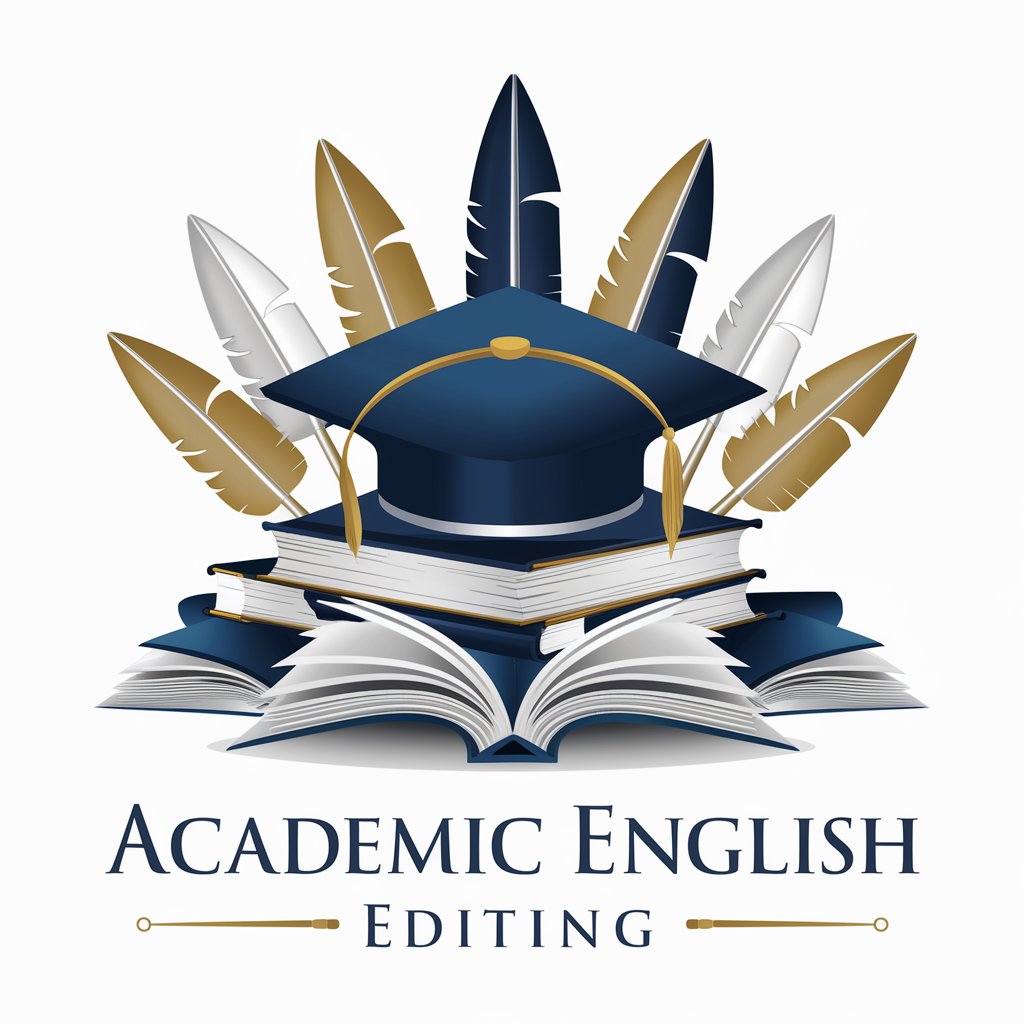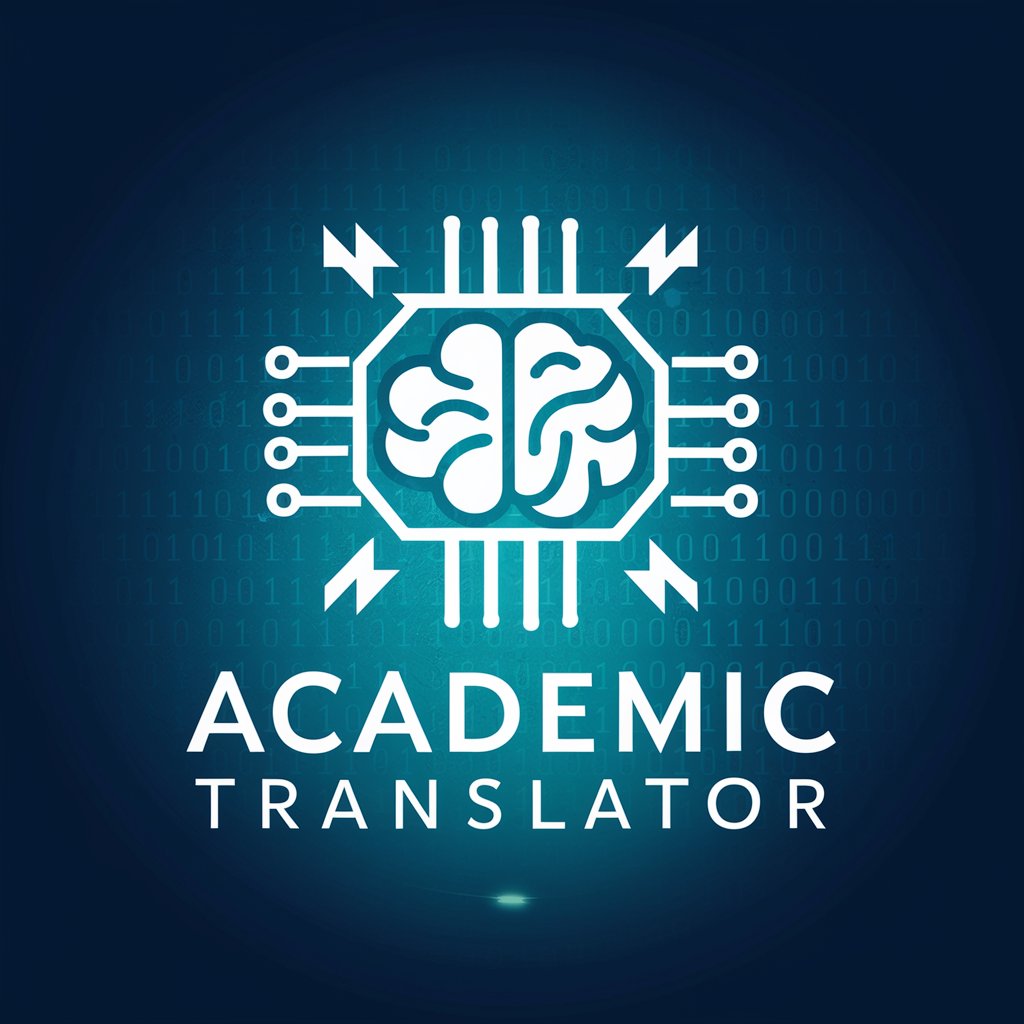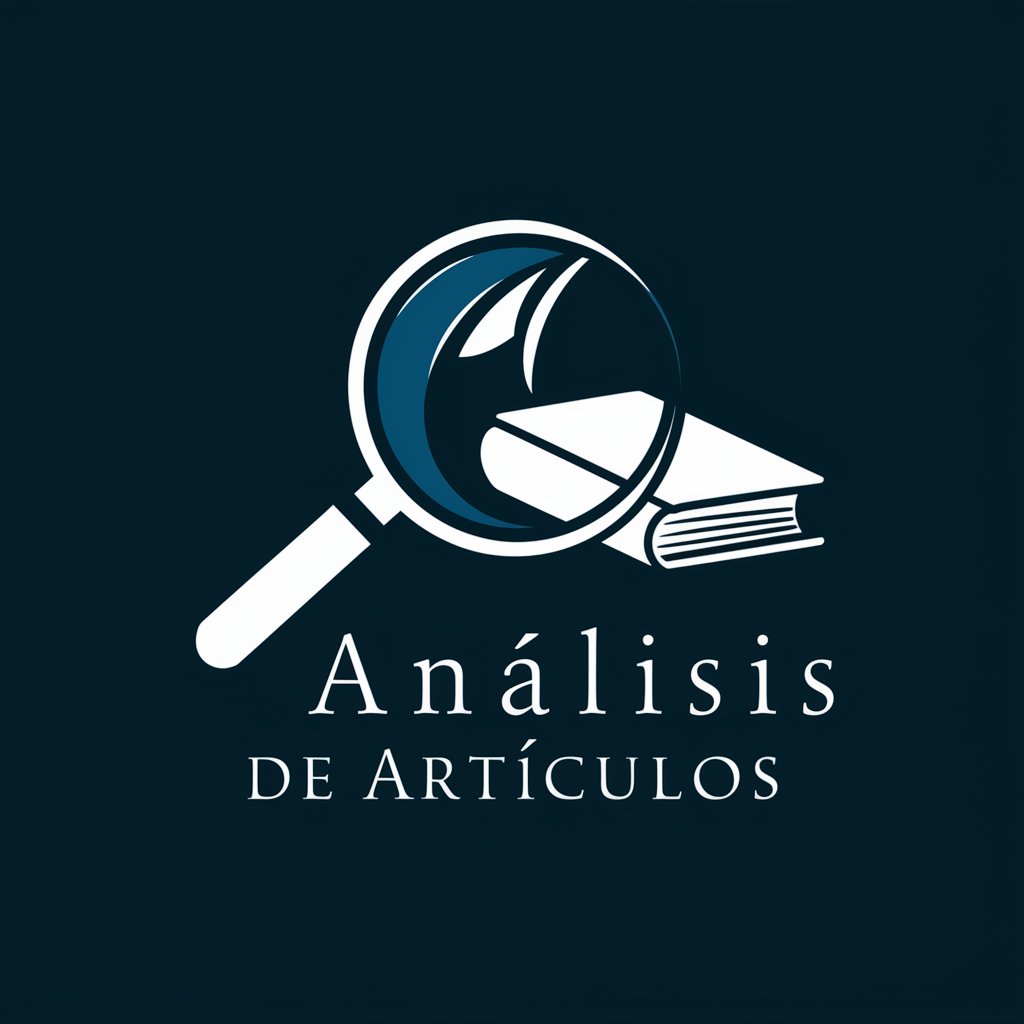
Traducción de artículos académicos - Academic Paper Translation

Simplifying academic translations with AI
Get Embed Code
Understanding Traducción de artículos académicos
Traducción de artículos académicos is a specialized branch of ChatGPT designed to assist in translating academic papers into more accessible and comprehensible articles, akin to those found in popular science magazines. Its core functionality revolves around rendering complex, technical documents into simpler language while preserving the original information, terminology, and structure. This capability is crucial for disseminating scholarly knowledge to a broader audience, enabling individuals without a technical background to grasp sophisticated concepts. For instance, a dense research paper on quantum computing can be transformed into an engaging article that explains the principles of quantum mechanics and its implications in layman's terms, complete with analogies and real-world applications. Powered by ChatGPT-4o。

Core Functions of Traducción de artículos académicos
Technical Translation
Example
Translating a research paper on artificial intelligence from English to Spanish while maintaining the original technical terminology such as 'Transformer', 'Token', and 'Modelo de lenguaje grande'.
Scenario
A Spanish-speaking journalist working for a science magazine is tasked with writing an article on the latest AI research. Using Traducción de artículos académicos, they can accurately translate and simplify the research paper for their audience.
Preservation of Original Formatting
Example
Maintaining references, figures, and tables in their original format during translation, e.g., translating 'Figure 1:' to 'Figura 1:'.
Scenario
An academic publishing their research findings in a multilingual journal requires their paper to be accessible in several languages without losing the structural integrity of the original document.
Adaptation to Target Audience
Example
Converting a highly technical document into a format and language that's understandable by the general public.
Scenario
A research institution aims to share their findings on climate change with the general public. Traducción de artículos académicos rephrases and simplifies the document, making it engaging and understandable for readers without a scientific background.
Ideal Users of Traducción de artículos académicos
Academic Researchers
Researchers looking to broaden the reach of their work by making it accessible to a non-specialist audience. They benefit from the ability to translate complex ideas into simplified language while retaining the essence of their research.
Science Journalists and Writers
Journalists and writers focusing on scientific content for popular media. They utilize the service to accurately translate and adapt academic papers into engaging stories for their readership, ensuring factual integrity and accessibility.
Educational Institutions
Schools and universities aiming to provide students with understandable material on complex subjects. Traducción de artículos académicos enables educators to present cutting-edge research in a form that enriches the learning experience.

How to Use Traducción de artículos académicos
1
Visit yeschat.ai for a free trial, no login or ChatGPT Plus subscription required.
2
Select the 'Traducción de artículos académicos' tool from the available options to begin translating academic papers.
3
Upload the academic article you wish to translate or input the text directly into the provided text box.
4
Choose the source and target languages for your translation. Ensure your article's language is supported.
5
Submit the article for translation. Utilize the 'Enhance Clarity' option for complex texts to ensure translations are easy to understand and retain the original meaning.
Try other advanced and practical GPTs
Too Punny
Elevate your day with AI-powered humor.

SEO: Search Query Analyzer
Optimize content with AI-powered insights

Real-to-Pixel
Transforming images into nostalgic pixel art.

Alternate Universes
Craft Your Tale, Choose Your Path
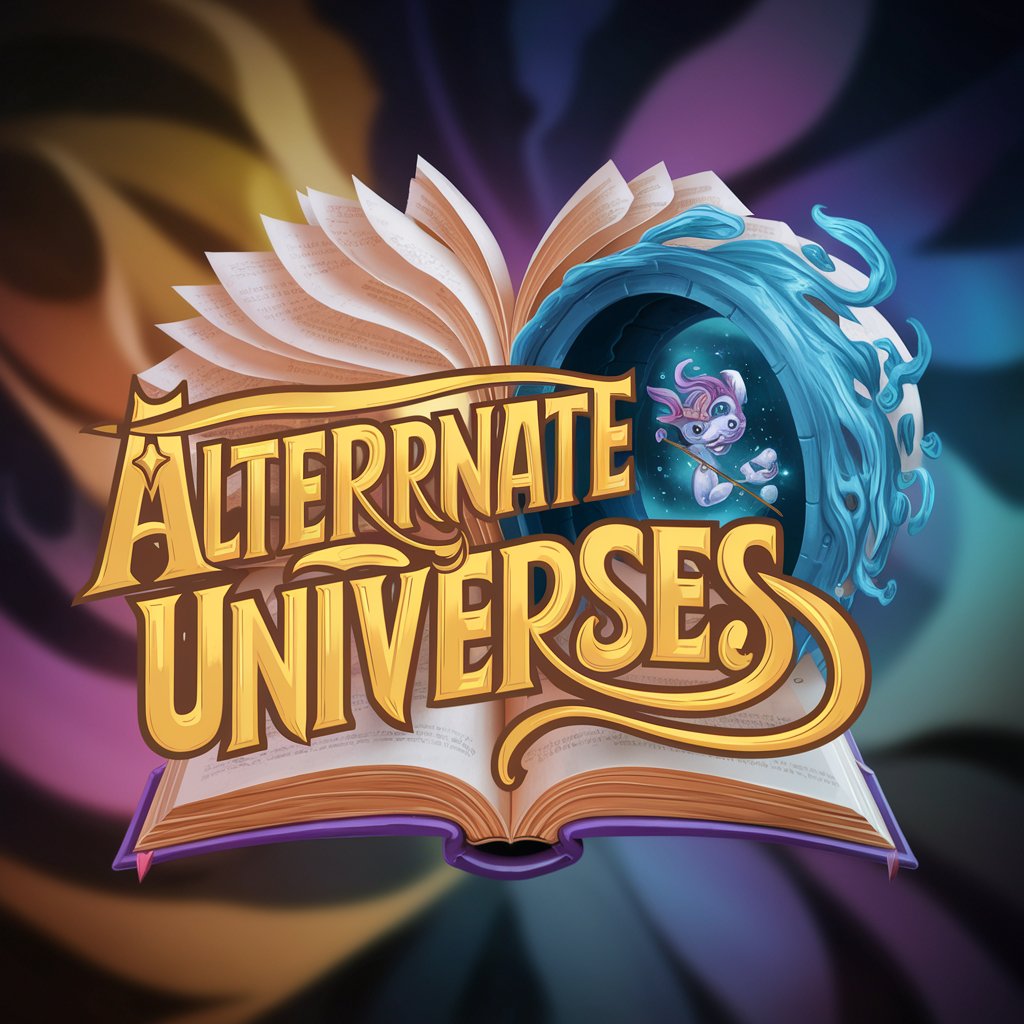
Shopping AI
AI-powered smart shopping companion

Short Script
Craft Engaging Video Scripts Effortlessly

I Will Stay meaning?
Elevate your understanding with AI.

Crossing meaning?
Unlocking Deeper Meanings with AI
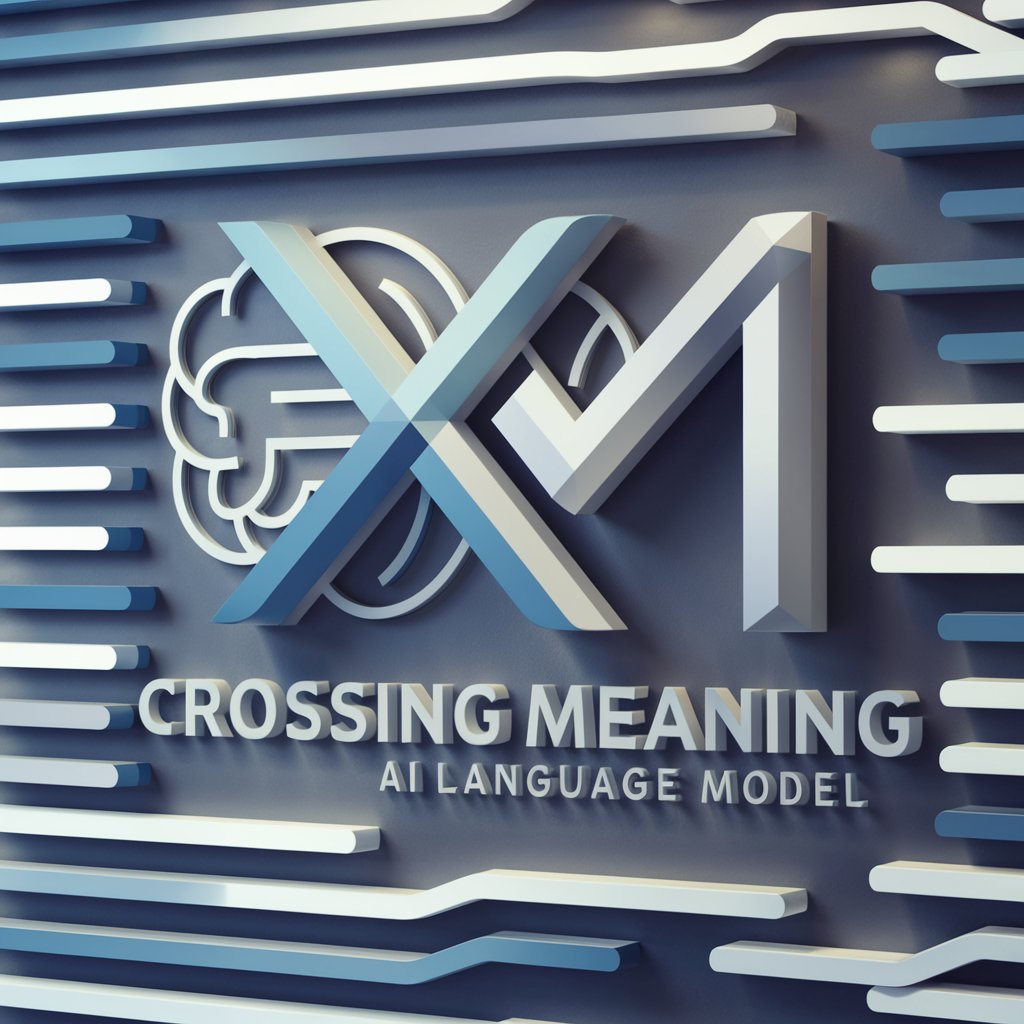
Langchain Helper
Empowering your projects with AI-driven coding assistance.
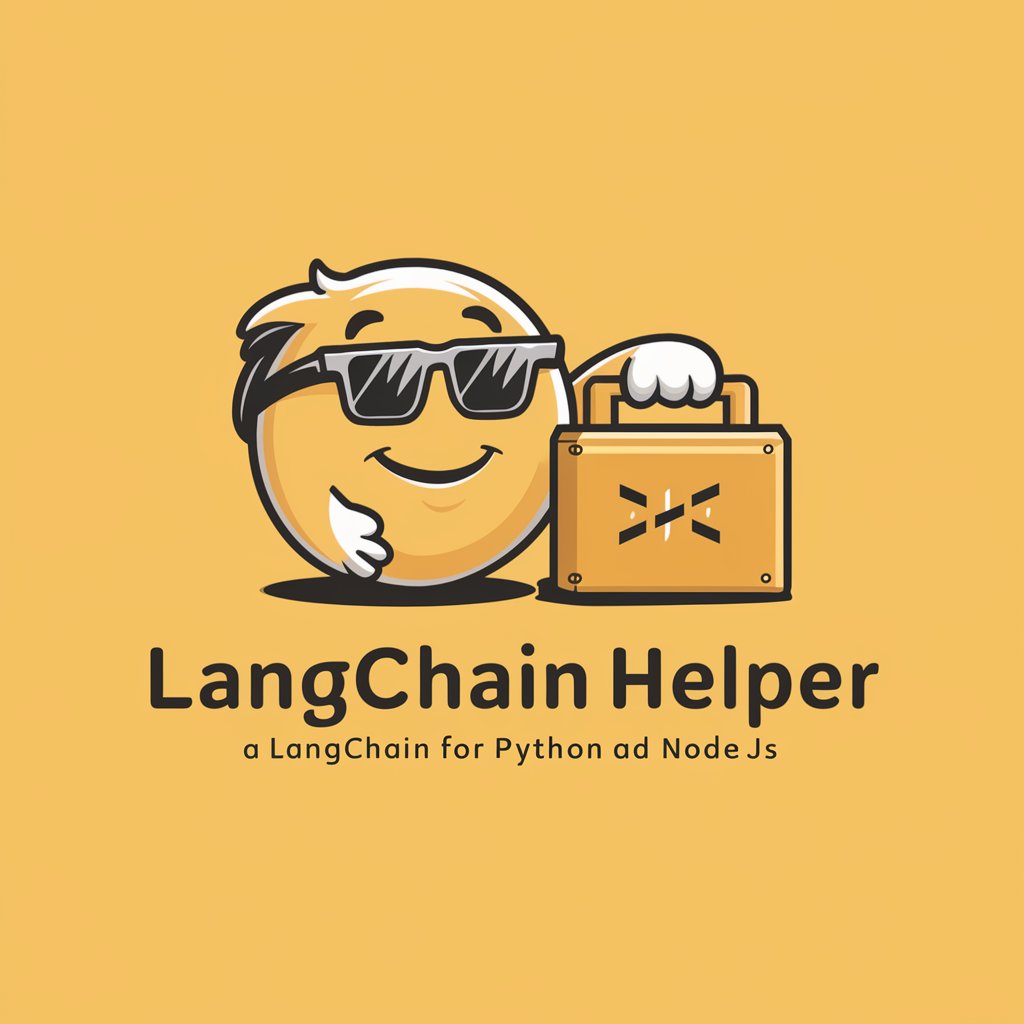
Tarot
Insightful guidance at your fingertips.
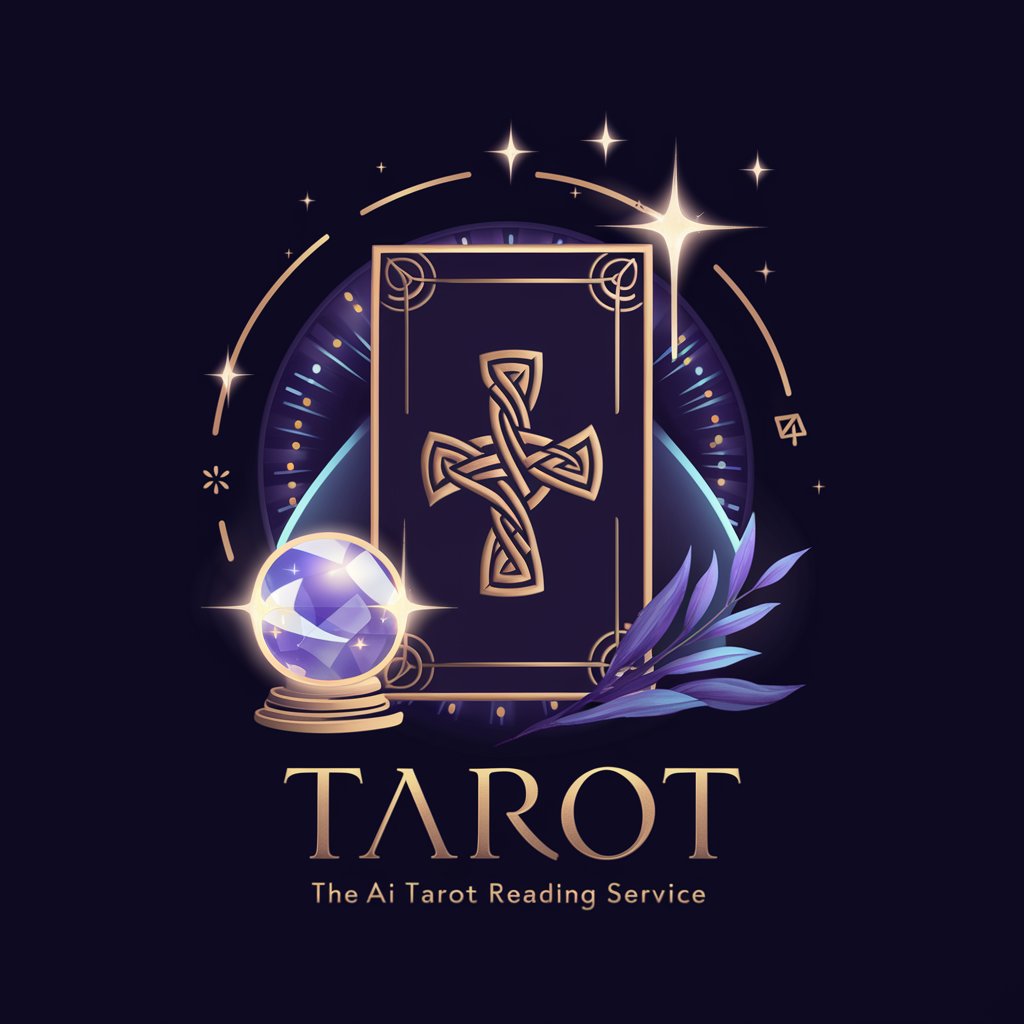
Male Menopause Health Advisor
Navigating Menopause with AI

Analista Técnico Profesional
Empowering Your Trading Decisions with AI

FAQs on Traducción de artículos académicos
What types of documents can Traducción de artículos académicos translate?
It specializes in academic papers, including research articles, theses, and conference papers, across a wide range of disciplines.
Is there a word limit for the documents I can translate?
While there's no strict word limit, larger documents may require more processing time. For optimal performance, it's advised to segment your documents if they exceed 10,000 words.
Can Traducción de artículos académicos retain the formatting of my documents?
Yes, it aims to maintain the original formatting as much as possible, including figures, tables, and citations, to preserve the academic integrity of the document.
How accurate is the translation?
The tool provides high-quality translations by incorporating context and specialized terminology, but it's recommended to review translations for nuanced academic language.
Can I use Traducción de artículos académicos for languages other than English and Spanish?
Currently, it focuses on translations between English and Spanish. Expanding to more languages is part of future development plans.

